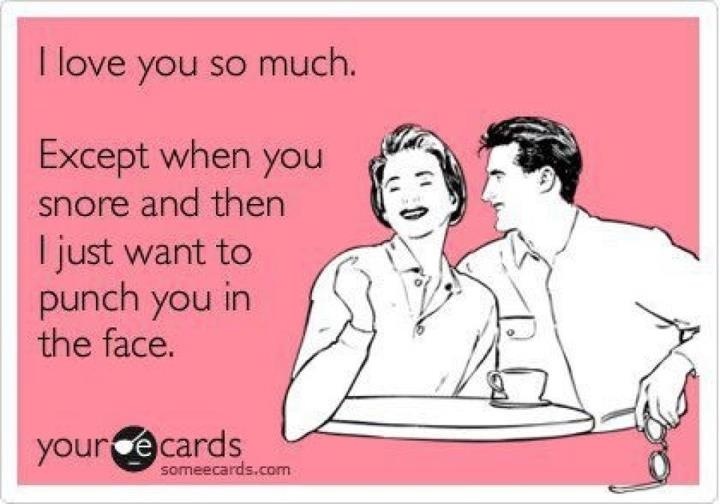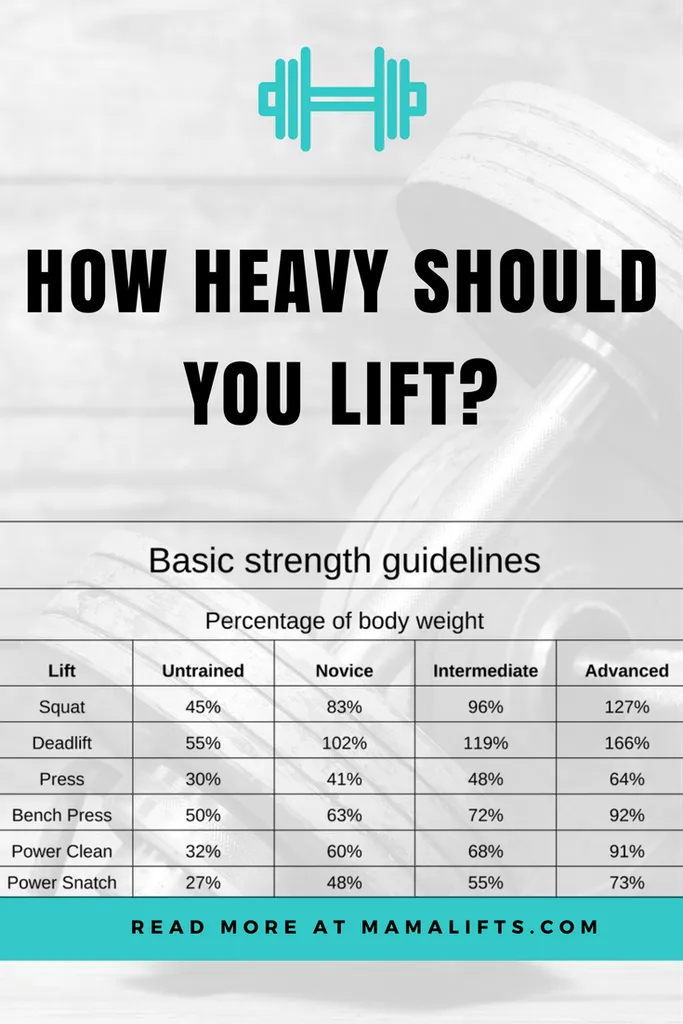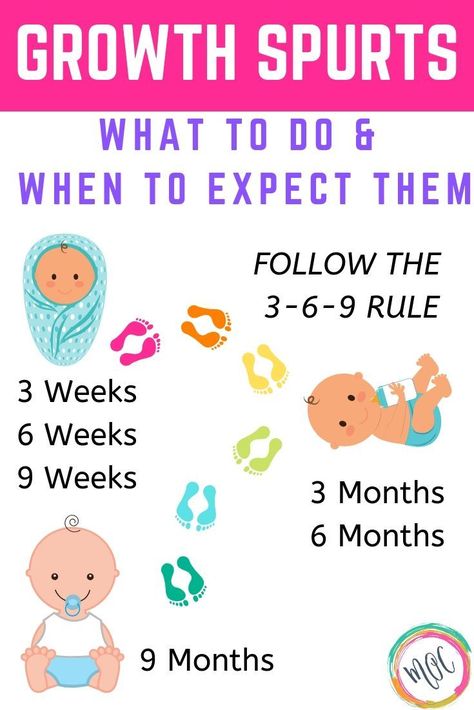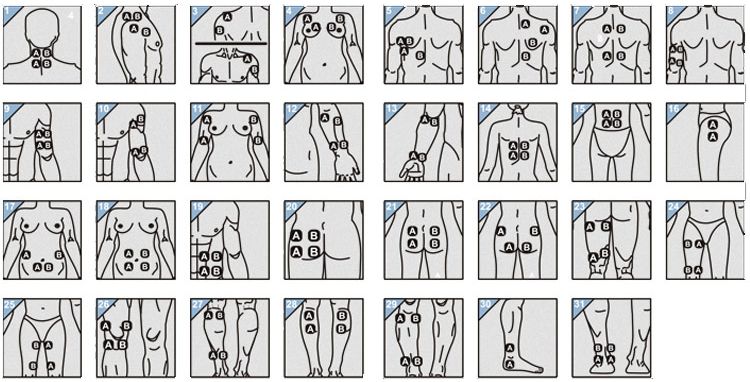How do you know if your child swallowed something
What To Do if a Child Swallows an Object
Share:
Children – particularly babies, toddlers and preschoolers – are curious by nature. They want to touch, smell and – yes, taste – everything they can get their hands on. That curiosity can lead to dangerous situations when they accidentally swallow something not meant to be eaten.
Most objects swallowed by a child can pass through the gastrointestinal tract without any issue. However, some items such as button batteries, magnets or sharp objects can cause serious internal damage.
Bradley Barth, M.D., Gastroenterologist at Children's Health℠ and Professor at UT Southwestern shares.
Advice on what parents need to know – and do – if they think their child has swallowed a foreign object.
How do I know if my child swallowed something?
It can be a scary moment when you glance at your little one across the room and realize they've put something small in their mouth. Other times, it's not clear if your child has swallowed something. You may notice a small item missing, or your child may also start experiencing telltale signs.
The most common way parents can tell if their child has swallowed something is by acute symptoms, such as sudden drooling, vomiting, coughing or chest pain.
Take your child to an emergency room for an exam if:
- You see your child swallow a button battery, magnet or sharp object
- You think your child swallowed a foreign object and your child complains of acute, serious symptoms such as:
- Stomach ache or abdominal pain
- Chest pain
- A feeling like something is stuck in the throat
- Difficulty breathing
- Difficulty swallowing
- Drooling
- Vomiting
- Coughing
- Gagging
If you suspect your child swallowed a non-toxic foreign object, such as a small bead or coin, but your child does not immediately show acute symptoms, keep an eye on them for at least 24 hours. Sometimes objects can get stuck in the gastrointestinal tract without causing symptoms. If any of the following signs occur, call your doctor right away:
Sometimes objects can get stuck in the gastrointestinal tract without causing symptoms. If any of the following signs occur, call your doctor right away:
- Vomiting or drooling
- Gagging
- Not eating
- Coughing
- Chest pain
Will my child need surgery to remove a penny or other object?
Some foreign objects can pass through the digestive system without any issue. Other times, an object may get stuck in the esophagus. In these cases, a doctor will need to remove the object through an endoscopic procedure. Ingestion of certain objects requires emergent endoscopy.
Button batteries or magnets – particularly when there is more than one magnet – calls for endoscopy as soon as possible. Those objects can cause serious damage to a child's esophagus and gastrointestinal tract.
A study released in 2022 by the American Academy of Pediatrics revealed that button battery-related emergency room visits increased significantly from 2010-2017. Early treatment is necessary to avoid severe complications.
Early treatment is necessary to avoid severe complications.
"A swallowed button battery, if stuck in the esophagus, is a true emergency and can cause life-threatening complications,” Dr. Barth says. “It is impossible to tell if the battery has passed into the stomach without an x-ray, so even if the child looks fine after swallowing it, the family must seek medical care immediately."
If the swallowed object is not a button battery or multiple magnets, and your child does not display any symptoms, your doctor may prescribe a "wait and see" approach and monitor the object's progress using X-rays or other imaging tests. Foreign objects usually take about one to two weeks to pass through the system. If the object is not out by four weeks, your child's doctor may refer you to a pediatric gastroenterologist for further evaluation. Depending on the item's location, endoscopic removal may be recommended.
How are foreign objects removed endoscopically?
In most cases, items swallowed by children can be removed with an endoscopic procedure. A thin, flexible tube with a tiny camera and light attached at the end is carefully inserted in the child's mouth and into the gastrointestinal tract during this minimally-invasive procedure.
A thin, flexible tube with a tiny camera and light attached at the end is carefully inserted in the child's mouth and into the gastrointestinal tract during this minimally-invasive procedure.
The camera and light allow the surgeon to visualize the gastrointestinal tract as it advances through the esophagus and to the foreign object. Tiny instruments can be inserted into the tube to gently remove the object. The gastroenterologist also examines the gastrointestinal tract for any damage.
Make safety a priority – all year long and at every age
Parents should look around the home at their child's eye level to find ways to childproof the home. You'll notice things you hadn't seen before – items that need to be moved out of reach of children or out of the room completely.
Take special care to keep loose change out of reach. Pennies, nickels, dimes and quarters make up the most common objects children swallow and need to be removed with surgery.
Certain times of the year can carry added risk. More kids are in the emergency room around the holidays. Many small toys, decorations and even greeting cards contain button batteries or small objects.
It's also important to remember that emergencies can happen in the blink of an eye. Never leave your little one unattended – even if you're just running into the next room or heading to the bathroom.
One final piece of advice is to keep up the conversation with children all through their teenage years, too, about the dangers of swallowing anything that's not food.
Teenagers need to be reminded about the hazards of swallowing toxic substances. There's no time like today to talk with them about the dangers of blindly following the latest harmful internet challenge or ingesting dangerous items on purpose. Every day, casual conversations help foster an open relationship with your child and lets them know you're there for them – even when they act like they don't want to hear it.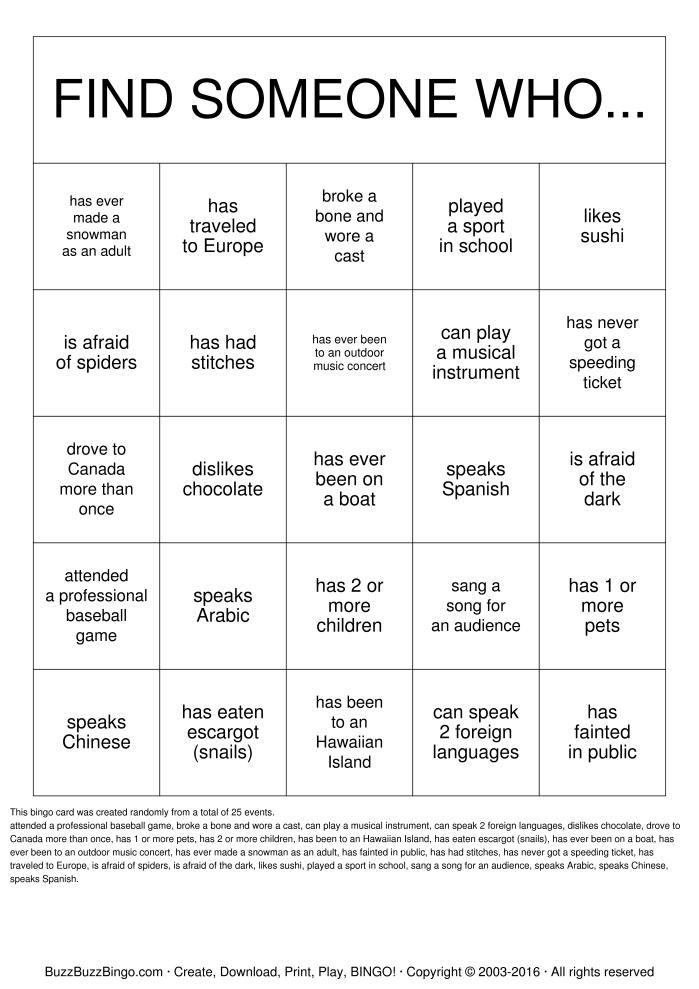
Coins are some of the most swallowed objects by kids. Learn the signs that your child swallowed a foreign object and when to seek medical attention from an expert @Childrens.
Click to Tweet
Learn more
The Pediatric Gastroenterology program at Children's Health offers minimally invasive diagnostic techniques and the latest treatments to deliver peace of mind to parents and children. Learn more about the gastroenterology program and services.
Thank you!
You are now subscribed to the Children's Health Family Newsletter.
Children's Health will not sell, share or rent your information to third parties. Please read our privacy policy.
Children's Health Family Newsletter
Get health tips and parenting advice from Children's Health experts sent straight to your inbox twice a month.
Please enter a valid email address
Swallowed Objects: Signs, First Aid, Treatments
Medically Reviewed by Carol DerSarkissian, MD on November 04, 2021
Thousands of children swallow foreign objects every year. While some things can be dangerous, it's not a serious problem in most cases. Kids ages 6 months to 3 years are most likely to swallow something they shouldn't.
While some things can be dangerous, it's not a serious problem in most cases. Kids ages 6 months to 3 years are most likely to swallow something they shouldn't.
Kids in the U.S. are most likely to ingest coins, while in other countries, fish bones are a common offender. Other items doctors find include toys, buttons, earrings, rings, paper clips, game pieces, needles, pins, tacks, toothpicks, screws, and nails. Two things are especially dangerous: button batteries and magnets.
Your child may show no symptoms at all after swallowing an odd item. But clues that something’s amiss can include coughing, drooling, bloody saliva, gagging, fever, refusing food, and vomiting. Pain in their neck, chest, or throat can be another sign. Go to the emergency room right away if your child has any of these. Call 911 if they have any trouble breathing, are wheezing or making any other strange sound when they breathe, or if they can't speak, cough, or cry.
The type used in toys can be especially strong.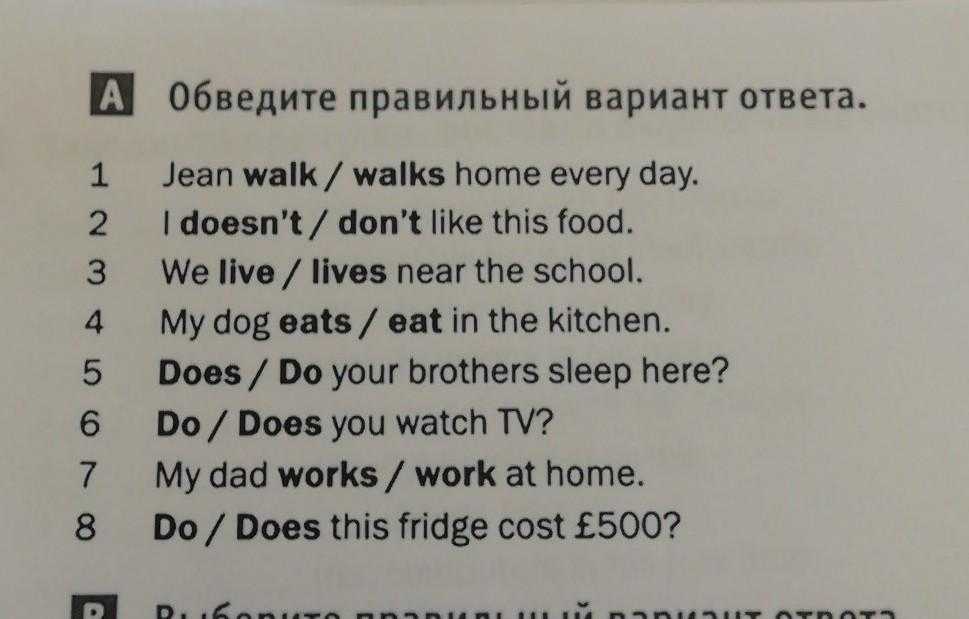 If your kid swallows more than one, they can be drawn to each other inside their body and damage their stomach or intestines. Blood poisoning is another possible and serious problem. If you think your child has ingested a magnet, call 911 right away.
If your kid swallows more than one, they can be drawn to each other inside their body and damage their stomach or intestines. Blood poisoning is another possible and serious problem. If you think your child has ingested a magnet, call 911 right away.
These discs are a serious danger to children. If one gets stuck in the tube between their mouth and stomach (the esophagus), it can burn it within hours. If your child swallows one of these, go to the emergency room right away. If your child is older than 1 year, you can give 2 teaspoons of honey every 10 minutes until you get to the hospital to try to prevent injury. Once the object makes it to their stomach, the situation is less serious.
If the object is sharp or large, take them to the emergency room right away. Things that are 1 inch or bigger (including quarters) can lodge in their esophagus (the windpipe) and block breathing. Don’t try to fish the item out -- you could cause more damage. And don’t try to force vomiting.
If your child swallowed something small and is showing no signs of trouble, the doctor may suggest giving them a drink of water. If that goes down easily, they may recommend that you try a piece of bread. (Enzymes in saliva will help dissolve the bread if it sticks.) If either of these cause any problems, take your child to the emergency room.
If that goes down easily, they may recommend that you try a piece of bread. (Enzymes in saliva will help dissolve the bread if it sticks.) If either of these cause any problems, take your child to the emergency room.
If your child has swallowed a smaller, blunt object and isn't showing any signs of trouble, doctors don’t always agree on the best course of action. Some say it's OK to watch your child’s stool and see if the object makes its way out. Most things kids swallow get safely to their stomachs and pass within a few days. Other doctors may recommend an X-ray or ultrasound to see where the item is.
If the object is stuck in this tube between the mouth and throat, the doctor may try to get it out with tools they'll put in through the mouth (endoscopically). In most cases, your child will get medicine to make them sleepy before the procedure. Another option is to give them drugs that will relax the muscles and let the item pass into the stomach.
If the object is large, sharp, or dangerous in another way and has moved past the esophagus and into the stomach, the doctor will probably try to take it out through the mouth. If that doesn't work, they may want to watch its movement with X-rays. The doctor may recommend an operation to remove the item if it’s sharp, doesn’t seem to be making its way out of their body, or might damage their intestines.
If that doesn't work, they may want to watch its movement with X-rays. The doctor may recommend an operation to remove the item if it’s sharp, doesn’t seem to be making its way out of their body, or might damage their intestines.
Children are curious and put things in their mouths. You can make your child safer by checking toys for magnets and watching your kid carefully when they play with those toys. Keep anything with button batteries out of reach, and put away objects with small parts that might come loose. It's also good to warn older children to keep their toys away from younger ones.
IMAGES PROVIDED BY:
1) Radist / Getty Images
2) (Clockwise, from top left) Marcus Crockett / Getty Images, yrabota / Getty Images, AnaMOMarques / Getty Images, your_photo / Getty Images
3) JanKangurowski / Getty Images
4) berkay / Getty Images
5) afe207 / Getty Images
6) MJFelt / Getty Images
7) quintanilla / Getty Images
8) Scott Camazine / Medical Images
9) Medicimage / Medical Images
10) monkeybusinessimages / Getty Images
11) LightFieldStudios / Getty Images
SOURCES:
American Family Physician, July 15, 2005.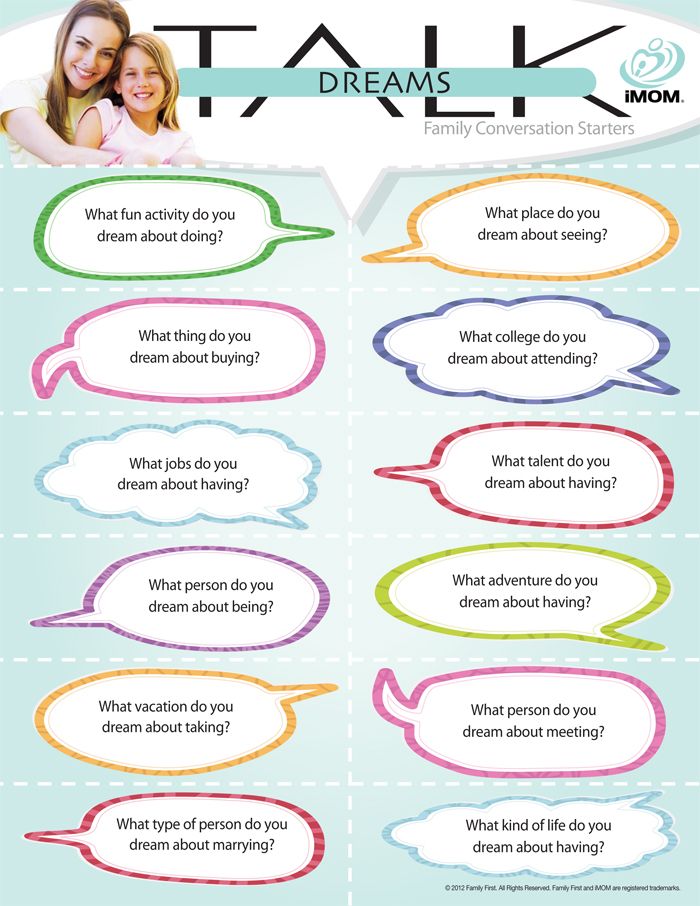
Conners, G. and Mohseni, M., Pediatric Foreign Body Ingestion, StatPearls Publishing, 2019.
American Academy of Pediatrics: "Swallowed Foreign Objects," "Keeping Kids Safe from Swallowing Dangerous Items."
St. Louis Children’s Hospital:" The Baby Swallowed What?"
The Royal Children’s Hospital Melbourne: "Swallowed (Ingested) Foreign Bodies."
Society of Interventional Radiology: "Foreign Object Retrieval."
© 2021 WebMD, LLC. All rights reserved. View privacy policy and trust info
Children's Regional Hospital - Irkutsk
LOVE FOR CHILDREN THROUGH TECHNOLOGIES
OUR MISSION is to provide medical care to children safely, efficiently, efficiently, based on the best world practices and advanced technologies, acting solely in the interests and benefit of the child and his parents.
pediatric service
High-tech medical care
Russia's first robot-assisted operations. High medical technologies for 25 groups of diseases - pediatrics, oncology, endocrinology, cardiology, nephrology, abdominal surgery, thoracic surgery, neurosurgery, ophthalmology, traumatology and orthopedics, urology.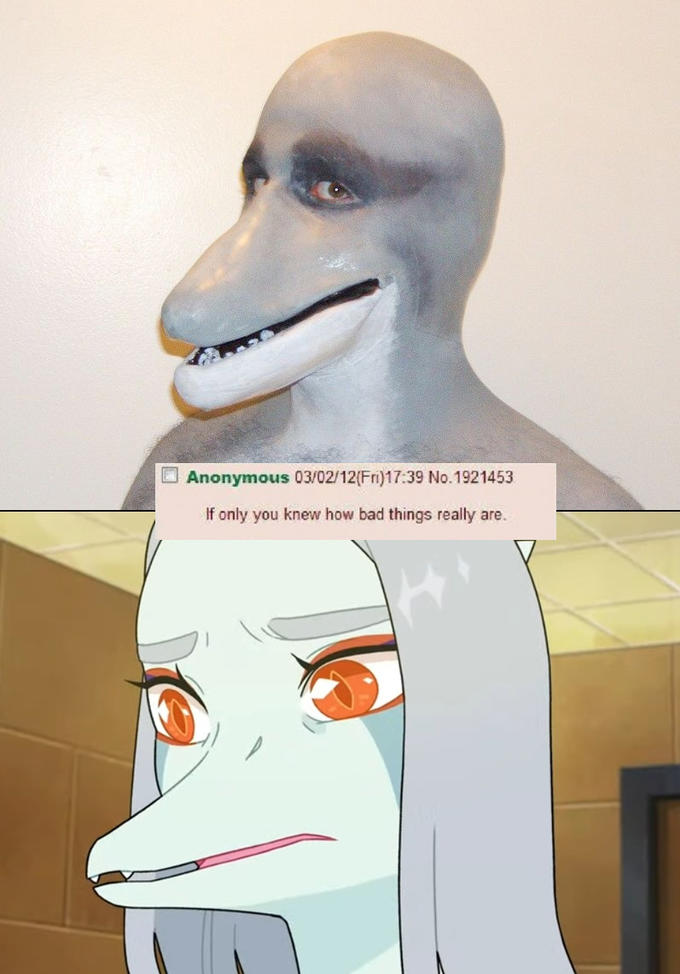
surgical service
COMPREHENSIVE DIAGNOSTIC EXAMINATION
Accurate diagnosis of diseases of organs and systems by specialists of the departments of radiation, functional and ultrasound diagnostics.
paraclinical service
ALL DIRECTIONS OF LABORATORY MEDICINE
Clinical and diagnostic laboratory is equipped with analyzers of world leaders in the production of laboratory equipment. CDL specialists are high-level professionals who are ready to assist in the appointment of the necessary, and in the interpretation of the performed laboratory tests.
clinical diagnostic laboratory
PAID MEDICAL AND NON-MEDICAL SERVICES
Consultations of pediatricians in 15 areas. Highly qualified specialists - candidates and doctors of sciences, doctors of the highest qualification. Laboratory and diagnostic studies, nursing manipulations.
make an appointment for a paid appointment / study
CLINICAL TRAINING BASE FOR DOCTORS AND MEDICAL STAFF
In departments, classrooms, operating rooms of the hospital, students, residents and graduate students receive theoretical knowledge and practical skills.
departments of medical universities and colleges
News
All newsOnline magazine
MAGAZINE "HELLO, CHILDREN"
Press release
Sergey Pak received a state award...
Media about us
Be yourself. Volunteers presented a beauty campaign to 30 female women...
Press release
Tulips, sweets and a music concert were presented by men of the IGODKB collec...
Regional Children's Hospital
We provide professional high-tech medical care free of charge under the Compulsory Medical Insurance program, under VHI policies and on a paid basis to children and adolescents in the Irkutsk Region, the Siberian Federal District, the Far East, other regions of Russia and neighboring countries.
DEPARTMENTS
In 2026, a new children's regional hospital will open its doors. Now this is a big dream not only for doctors. The parents of our patients also dream of spacious rooms, wide corridors, beautiful common spaces, a modern park.
Now this is a big dream not only for doctors. The parents of our patients also dream of spacious rooms, wide corridors, beautiful common spaces, a modern park.
Remote consultation center
4 doctors of medical sciences
16 candidates of medical sciences
120+ doctors of various specialties
03 070+ consultations per year
4 500+ transactions
per year
Kozlov Yury Andreevich
“Children are the material carriers of our happiness. Everything we invest in them, we do for ourselves.”
Corresponding Member of the Russian Academy of Sciences, Chief Physician of the Irkutsk State Regional Children's Clinical Hospital
Reception hours:
Monday - Friday 8:00 - 16:30
E-mail: [email protected]
Head doctor's office phone:
+7 3952-24-37-89
Services
All servicesThoracic spiral computed tomography
more details
Orbital spiral computed tomography 61 – 90 kg (70 ml) with neon bolus enhancement
with neon bolus enhancement
more details
Helical computed tomography of the joint 31 – 60 kg (50 ml) with neon bolus enhancement
more details
Spiral computed tomography of the joint 61 – 90 kg (70 ml) with neon bolus enhancement
more details
Kidney helical computed tomography over 90 kg (100 ml) with neon bolus enhancement
more details
clubfoot (without surgery)
more
X-ray of the thoracolumbar spine in 2 projections
more
Spiral computed tomography of the neck 31 – 60 kg (50 ml) with bolus enhancement with neon preparation
more
Format image on CD or floppy disk
more
Specialists
All specialistsCandidate of Medical Sciences, Pediatric Urologist-Andrologist
Pediatrician, Candidate of Medical Sciences, Chief Freelance Specialist of the Ministry of Health of the Irkutsk Region for Quality Control and Safety of Medical Activities
Head of the Department of Functional Diagnostics, Physician of Functional Diagnostics
Pediatrician
Anesthesiologist-resuscitator
Senior nurse of the oncology department
Computer operator
Physiotherapist
Senior nurse of the security of the physiotherapy department
Internal medical quality control department
Dear site visitors!
Here you can:
1.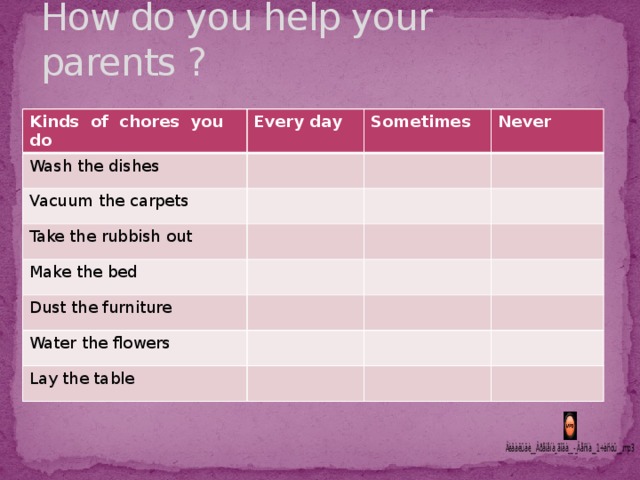 Ask a question to a specialist
Ask a question to a specialist
2. Thank
3. Write a complaint
WRITE
What to do if a child has swallowed a foreign body - actions of parents
home
Articles
About children's health
What to do if a child has swallowed a foreign body - the actions of parents
Babies are very inquisitive, and when they begin to move independently, the risk of swallowing a foreign body increases significantly. Doctors note that most often various foreign objects are removed from the body of children aged from 1 year to 5-6 years - just this period is characterized as cognitive. Some pediatricians and surgeons even have a "museum" of extracted foreign bodies from children's organisms. Most often come across balls, chewing gum and tablets.
If the first two, in principle, do not pose a danger, then swallowing a tablet will require gastric lavage and detoxification therapy - this is already the paraffia of doctors.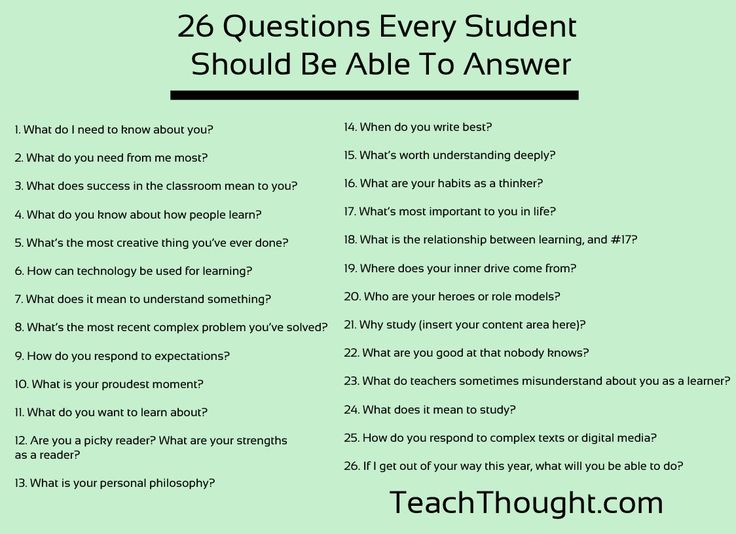 What to do if a child swallows a foreign body to parents?
What to do if a child swallows a foreign body to parents?
Do's and Don'ts
First of all, parents should not shake their baby, turn him upside down and actively pound on his back. Such actions can lead to a reversal of a foreign body in the esophagus and its entry into the respiratory tract - these conditions are potentially life-threatening for the child. If a child swallows a piece of an object, then it may turn out to be with sharp edges, and in this case, any concussions can lead to injury to the esophagus, stomach, or respiratory tract (if the body has moved into them).
Secondly, one should not try to move the foreign body deep into the body - for example, often parents give a child a crust of bread in the hope that by swallowing it, the baby will move the object down into the stomach, and then it will leave the body naturally. But if the baby swallowed glass with sharp edges, then by forcibly moving it through the digestive system, it is possible to injure not only the esophagus, but also the stomach and even the intestines.
Thirdly, you can not feed or water the baby, including breast milk. Food or liquid that has entered the gastrointestinal tract will “entrain” the foreign body with it, and the result of this can be deplorable, up to intestinal perforation.
One more nuance - you can not experiment and try to remove a foreign body with a magnet, fishing line or a thin long object from the throat. For example, a child swallowed a coin, and it is in his esophagus - the baby will complain of pain in the chest area, the inability to take a full breath. In this case, it is strictly forbidden to try to “pull out” a coin with a magnet, and you can’t knock on the child’s chest - a foreign body will come out with a low probability, but it’s quite possible to worsen the situation.
What to do if a child has swallowed a foreign body - correct actions
As soon as parents notice that the baby has swallowed an object, they need to call a doctor and wait for qualified help. You can do the following:
- If the baby is coughing, choking and slightly choking, then he should be laid on his knee so that the upper body is lowered, and tap with the edge of the palm of your hand or fingers on his back between the shoulder blades (blows are directed from the bottom up).

- If a child under the age of 1 year is breathing evenly, but is coughing heavily, then it should be placed on the parent's hand face down, head slightly lowered, and the index and middle fingers of the hand (support) should be placed in the child's mouth. Opening the child's mouth, the baby is simultaneously lightly tapped on the back.
Please note: the described measures can only be carried out if breathing is disturbed, as sharp tapping can displace the foreign body so that it blocks the airways or causes severe swelling. If there is a suspicion that the child has swallowed a bone, then such actions are also prohibited.
- The baby needs to be calmed down and everything necessary for the trip to the medical facility should be prepared.
If a small child has swallowed a battery, you should immediately seek qualified medical attention, do not take any action yourself. The danger of swallowing a battery is as follows:
- When it enters the stomach, the battery oxidizes and releases aggressive substances, which leads to chemical burns of the gastric mucosa.
